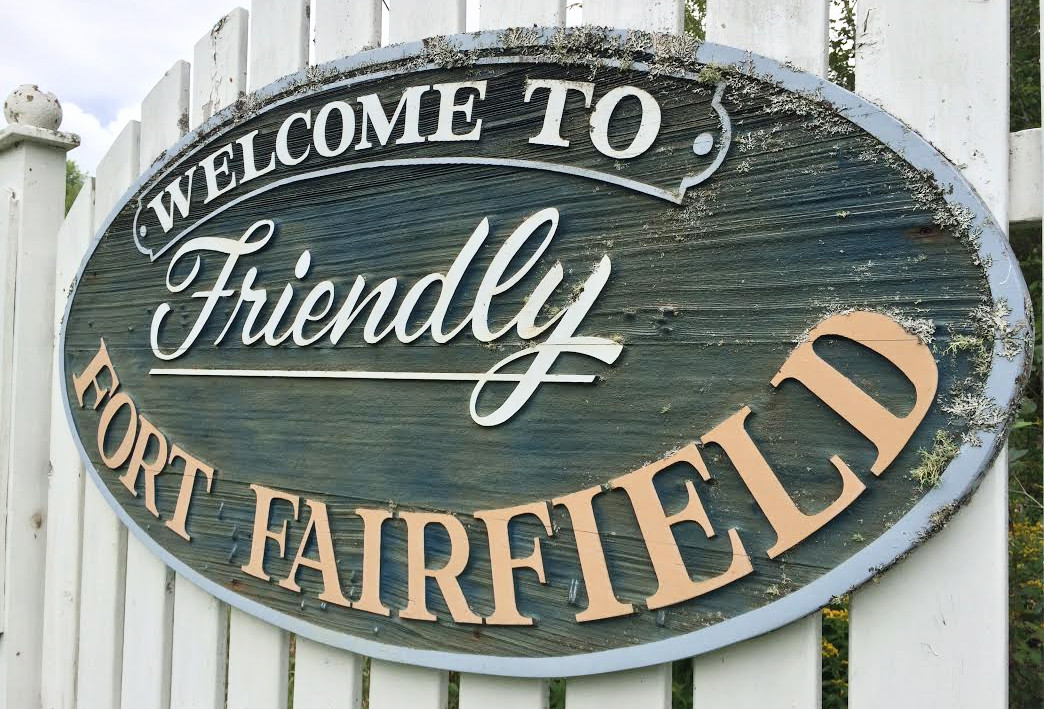FORT FAIRFIELD, Maine — By the end of 2023, Fort Fairfield’s Utilities District will have a new wastewater treatment facility that will allow it to expand its current capacity for water treatment.
On Tuesday, the Fort Fairfield-based McGillan Inc. began pipe construction on a 2.5-mile stretch from North Caribou Road to Strickland Road. Crews are constructing a pipe system that will transport untreated water to the new facility and then return treated water to the Aroostook River. Initial construction will end Oct. 4 and resume next spring.
In the meantime, traffic will be diverted from the construction site through West Limestone Road, Bard Factory Road and the remainder of Strickland Road.
The new treatment facility will be located on 88 North Caribou Road and will be the first new facility for the Utilities District since 1974, General Manager Jonathan Helstrom said.
The current facility, at 96 High St., was built prior to the departure of Interstate Foods, a food processing plant. Without another industrial company to take its place, the projected repair costs for equipment — $10 million — were expected to become greater than the costs for constructing a new facility — just more than $9 million.
“[The new facilitly] will stabilize our rates and add capacity for industrial users,” Helstrom said.
While the High Street facility has reached its maximum of 600,000 gallons per day, Helstrom said that the capacity will at least double with the new facility. That will allow the district to take on more industrial users in the future.
Currently, the district only has one industrial user. Ingredion, an Illinois-based company with a facility at 145 Presque Isle Road, produces food-grade potato starch.
Seventy-five percent of construction for the new treatment plant is being funded through grants, including those through Maine’s Department of Economic Development, the Northern Border Regional Commission, U.S. Department of Commerce and Economic Development, the Department of Environmental Protection and Maine Department of Agriculture.
The remainder of funds will come from the Utilities District’s reserve funds, Helstrom said.








